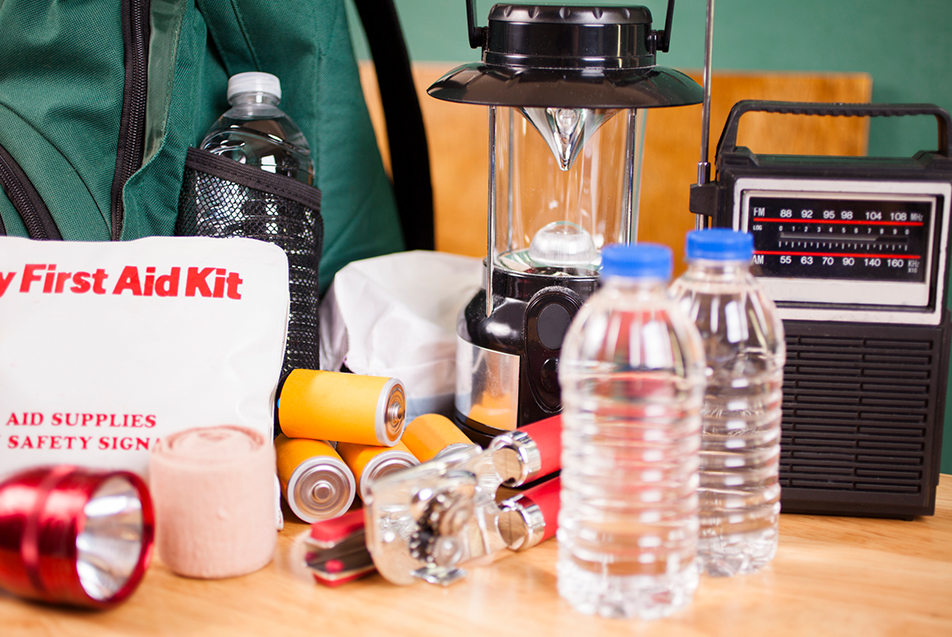
September is National Preparedness Month, and we invited Mike Eckroth, director, Emergency Preparedness, Parkview Health, to share a bit about how Parkview prepares for large-scale events and what you can do in your home.
Parkview is working daily on its preparedness plans to ensure we can deliver on our promise to deliver excellent care to every person, every day, no matter the situation. This includes executing exercises for evacuations, an active shooter response and mass casualty drills. We are always planning for severe weather and other natural and man-made hazards as well.
Our level of preparedness as a community is critical. Preparing your household for a disaster reduces your risk and puts you in a position to help those in need around you. Ready.gov, the official homepage of the U.S. Department of Homeland Security, has great resources for disaster planning. We would encourage you to spend some time reviewing their information so you can be “prepared, not scared”.
Make a plan
This information is featured on ready.gov.
Make a plan today. Your family may not be together if a disaster strikes, so it is important to know which types of disasters could affect your area. Know how you’ll contact one another and reconnect if separated. Establish a family meeting place that’s familiar and easy to find.
Step 1: Put together a plan by discussing these 4 questions with your family, friends or household to start your emergency plan.
- How will I receive emergency alerts and warnings?
- What is my shelter plan?
- What is my evacuation route?
- What is my family/household communication plan?
Step 2: Consider specific needs in your household. As you prepare your plan, tailor your plans and supplies to your specific daily living needs and responsibilities. Discuss your needs and responsibilities and how people in the network can assist each other with communication, care of children, business, pets, or specific needs like the operation of durable medical equipment. Create your own personal network for specific areas where you need assistance. Keep in mind some these factors when developing your plan:
- Different ages of members within your household
- Responsibilities for assisting others
- Locations frequented
- Dietary needs
- Medical needs including prescriptions and equipment
- Disabilities or access and functional needs including devices and equipment
- Languages spoken
- Cultural and religious considerations
- Pets or service animals
- Households with school-aged children
Step 3: Fill out a Family Emergency Plan. Download and fill out this family emergency plan or use it as a guide to create your own.
Step 4: Practice your plan with your family/household.



